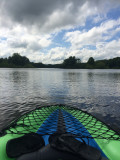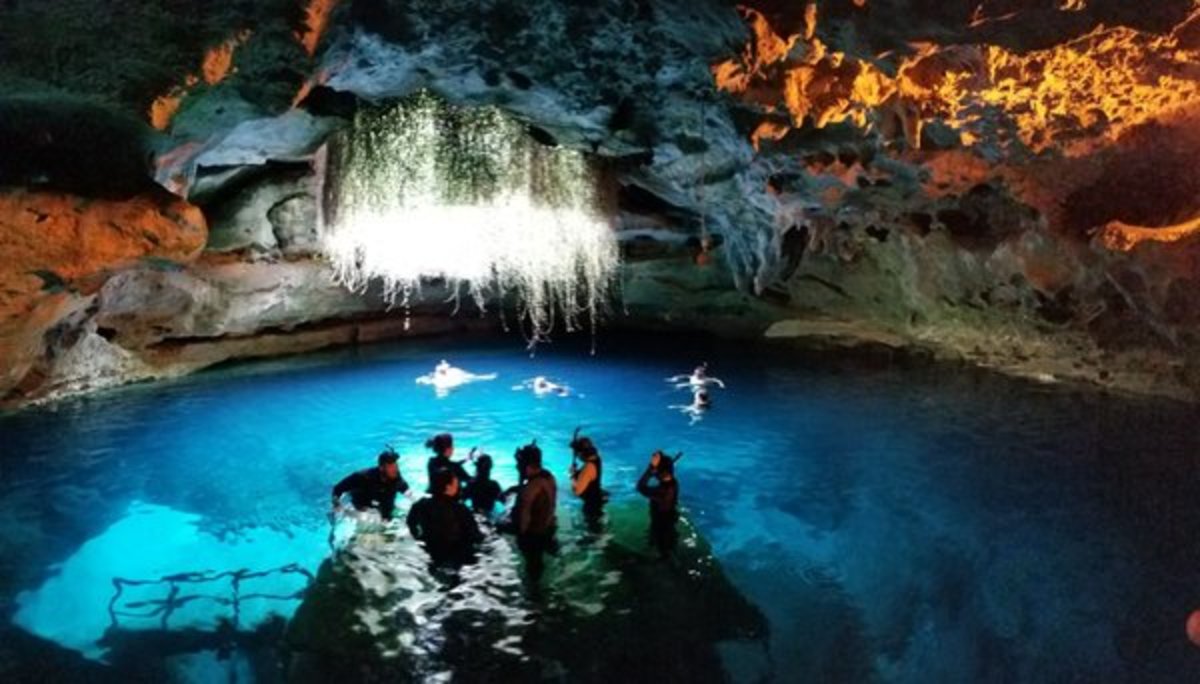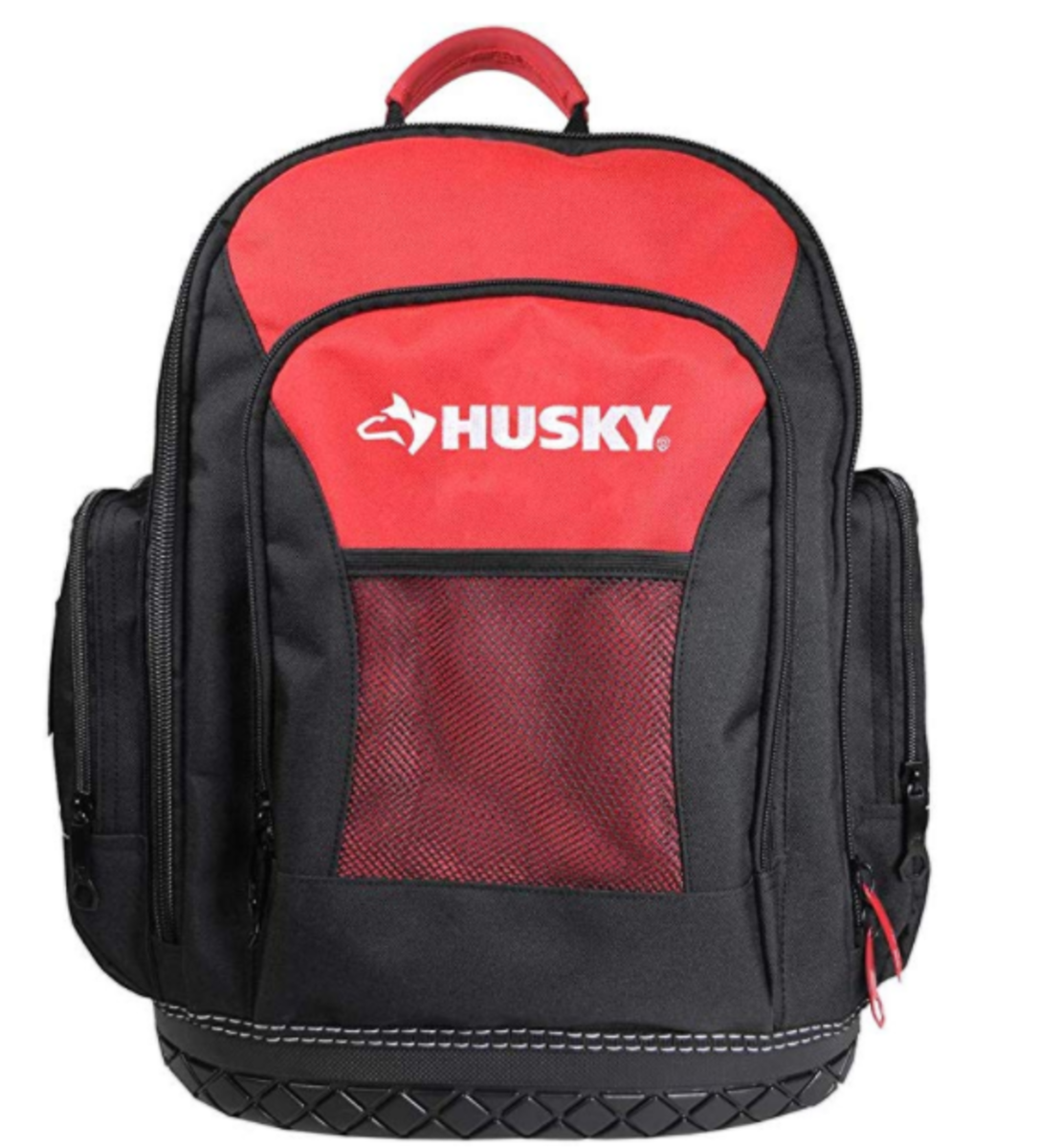Learn How to Kayak
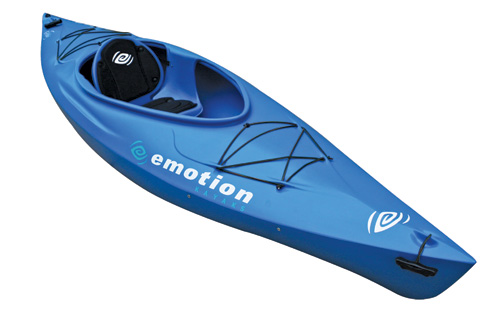
Kayaking is a fun and rewarding recreational activity. There is nothing quite like paddling yourself around, the water rippling beneath you, and the breeze tenderly caressing your face. Kayaking is not a difficult activity, but there is a technique to doing it properly and efficiently. Here I will address the best way to paddle, focusing primarily on kayaking on a smooth, slow-flowing body of water, such as a lake or wide river.
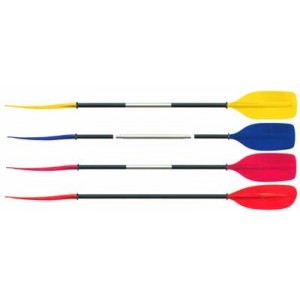
Required Materials
- Kayak - If you do not own a kayak, one can typically be rented at almost any water location. Kayaks can either seat one or multiple people depending on what you desire. There are both hard plastic and inflatable kayaks. The hard plastic type typically handles better.
- Paddle - This is not the same as a canoe paddle. Kayak paddles have two blades with a bar connecting them. The blades should be set up perpendicular to each other so that the paddle is not flat when laid on the ground. This will enable better paddling. Ideally, you will want drip-rings on your paddle. These will look like round pieces of rubber with a lip or slope away from the center. They should be placed beneath the blades to catch water and to prevent it from splashing onto you as you paddle.
- Life Jacket - Make sure to wear a life jacket when kayaking, especially if you are still learning. In many places it is the law to wear a life jacket.
How to Paddle
Preparation: Hold the paddle with both hands spread apart, one on each half of the paddle.
Procedure:
- Insert one blade smoothly into the water near the front of the kayak. The blade should be curve-side towards you and about halfway in the water. (Immersing the entire blade is less efficient.) The rest of the paddle should be at a slight angle from the horizontal, but it should not be anywhere near vertical.
- Pull back on the paddle until the blade is at the rear of the boat. The flat of the blade, rather than the edge, should be the part pushing against the water as the paddle is pulled. This is what creates the force to propel the kayak forwards.
- Lift the blade from the water, rotate your wrist, and smoothly insert the opposite blade into the water near the front of the other side of the kayak. Try to keep the paddle at as small of an angle with the horizontal as possible to minimize energy loss and splashing.
- Pull back on the paddle.
- Repeat.
Paddling in Reverse
To go backwards, follow the procedure above but start with the blade at the rear and pull it to the front instead of front to rear.
Turning
To turn, either make multiple strokes or backstrokes on one side of the kayak. A harsh backstroke will result in an abrupt turn, but it will also deaden your speed.
Controlling Speed
Speed is affected by stroke and power. The larger and more powerful the stroke, the faster the kayak will go.




